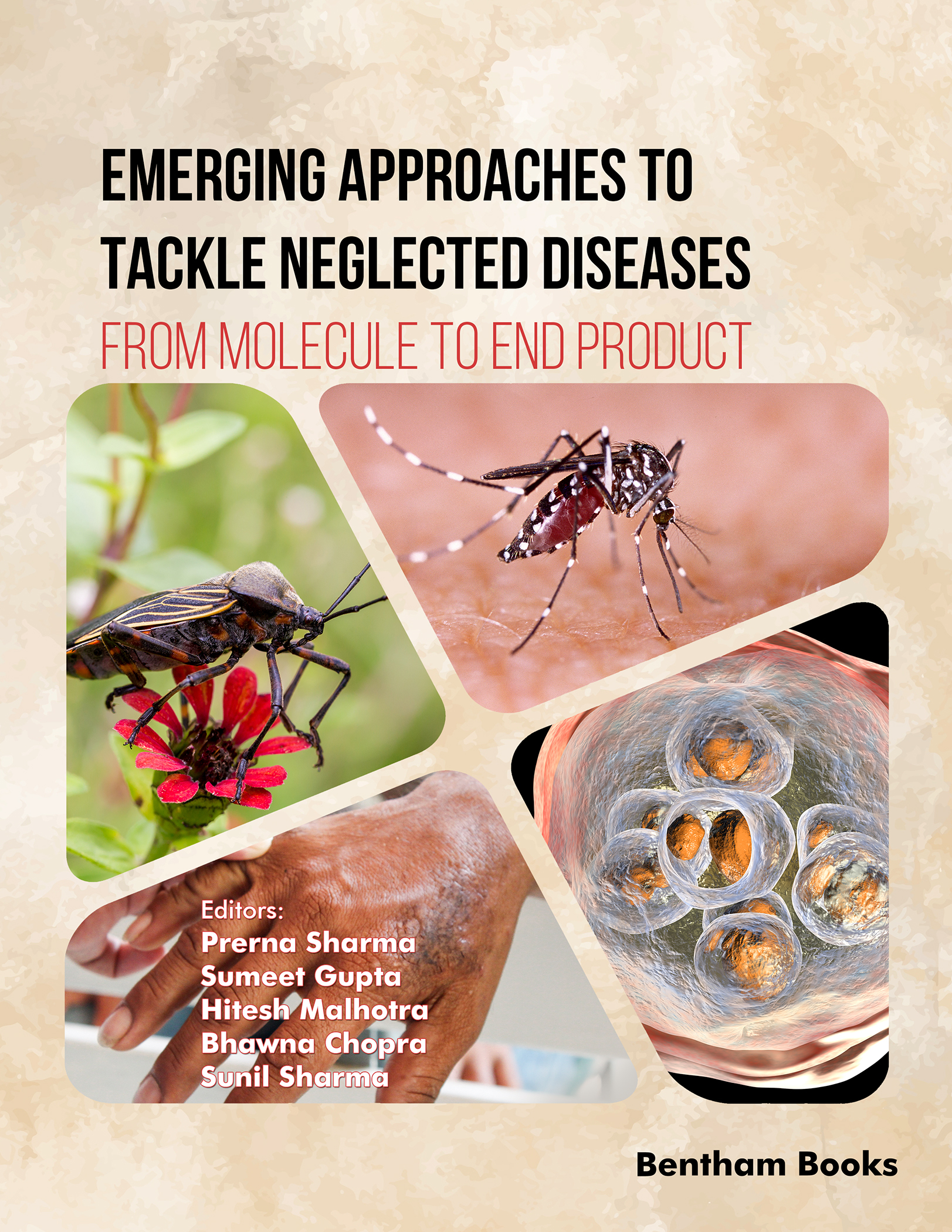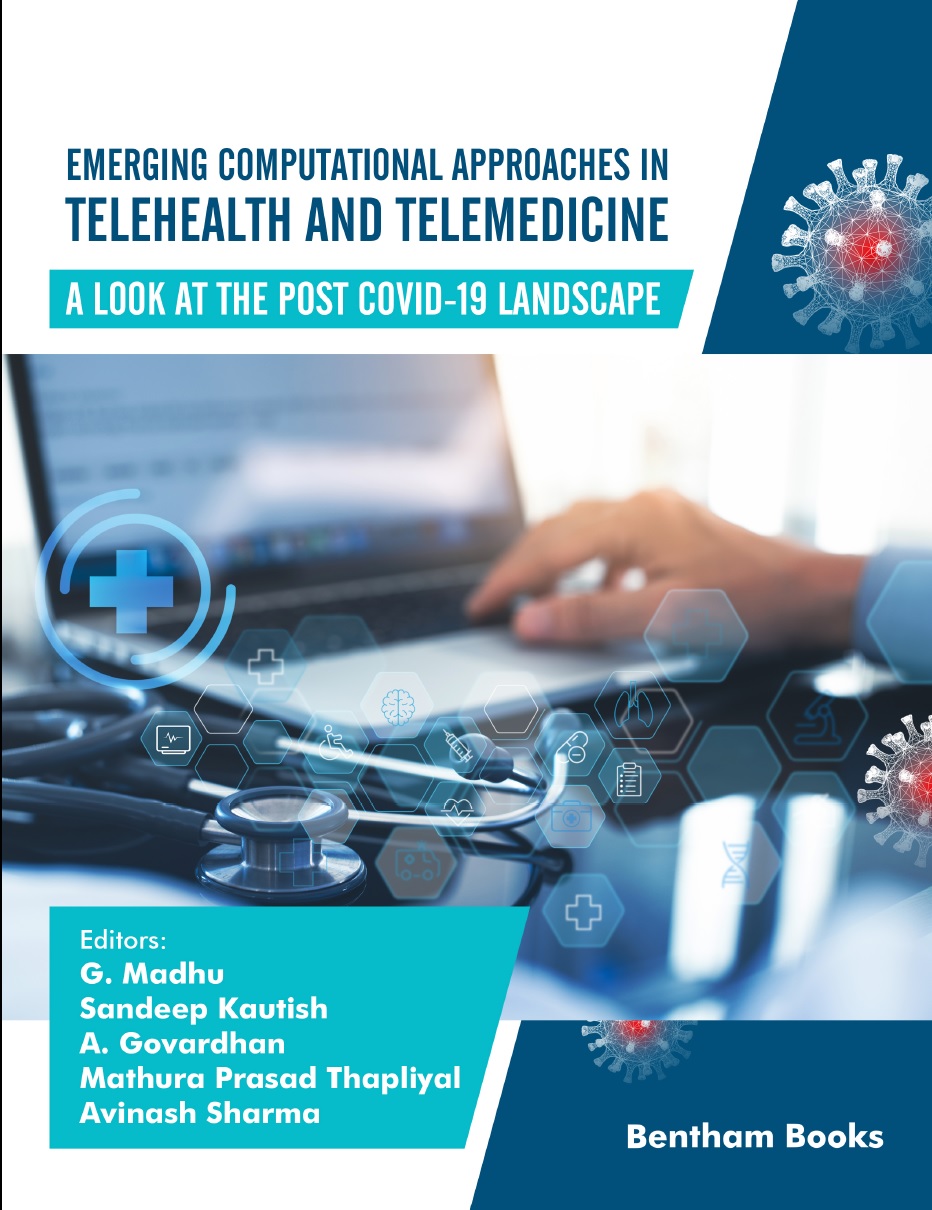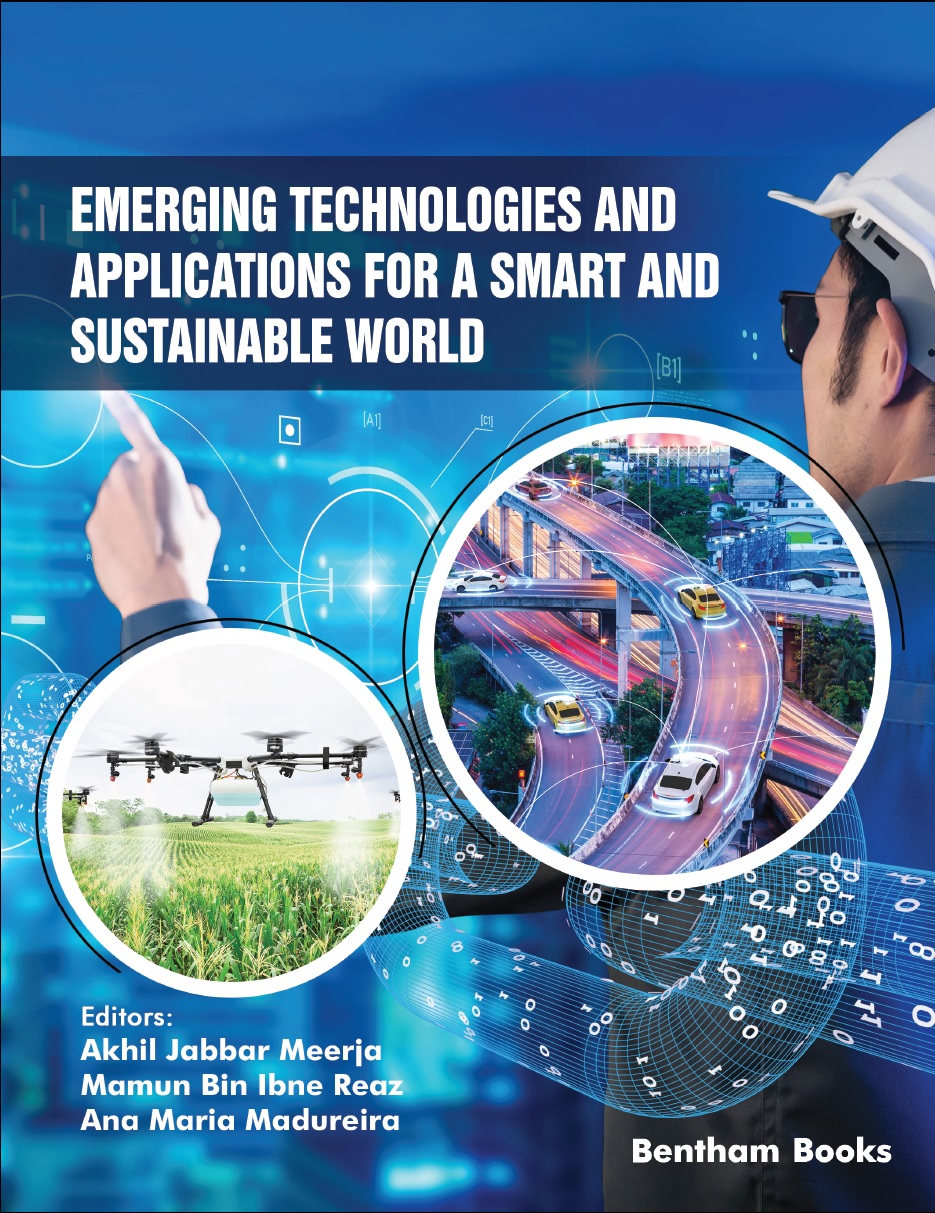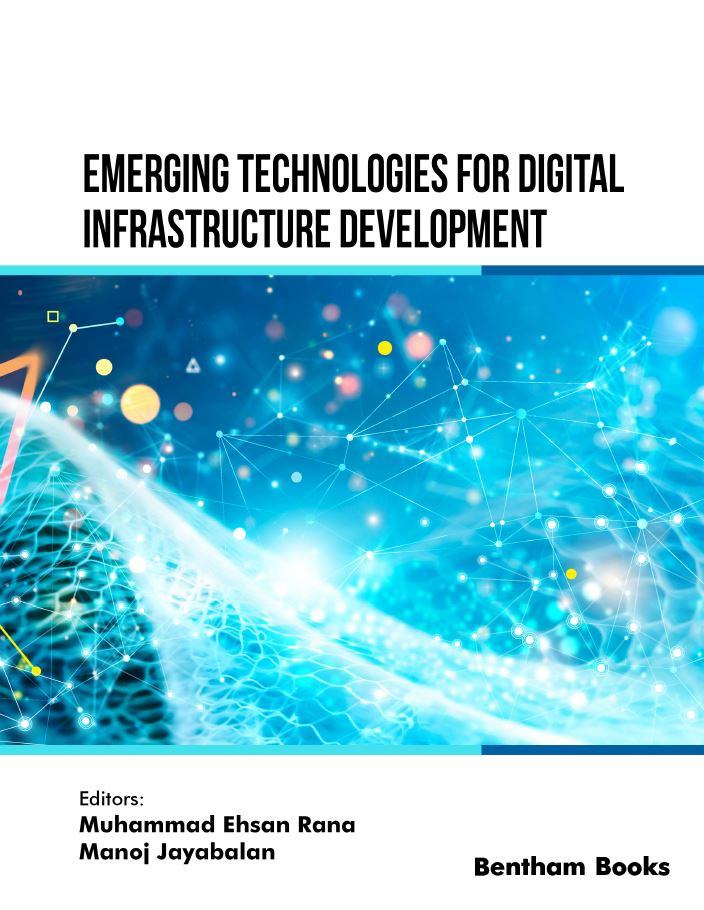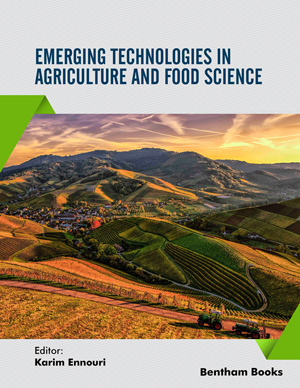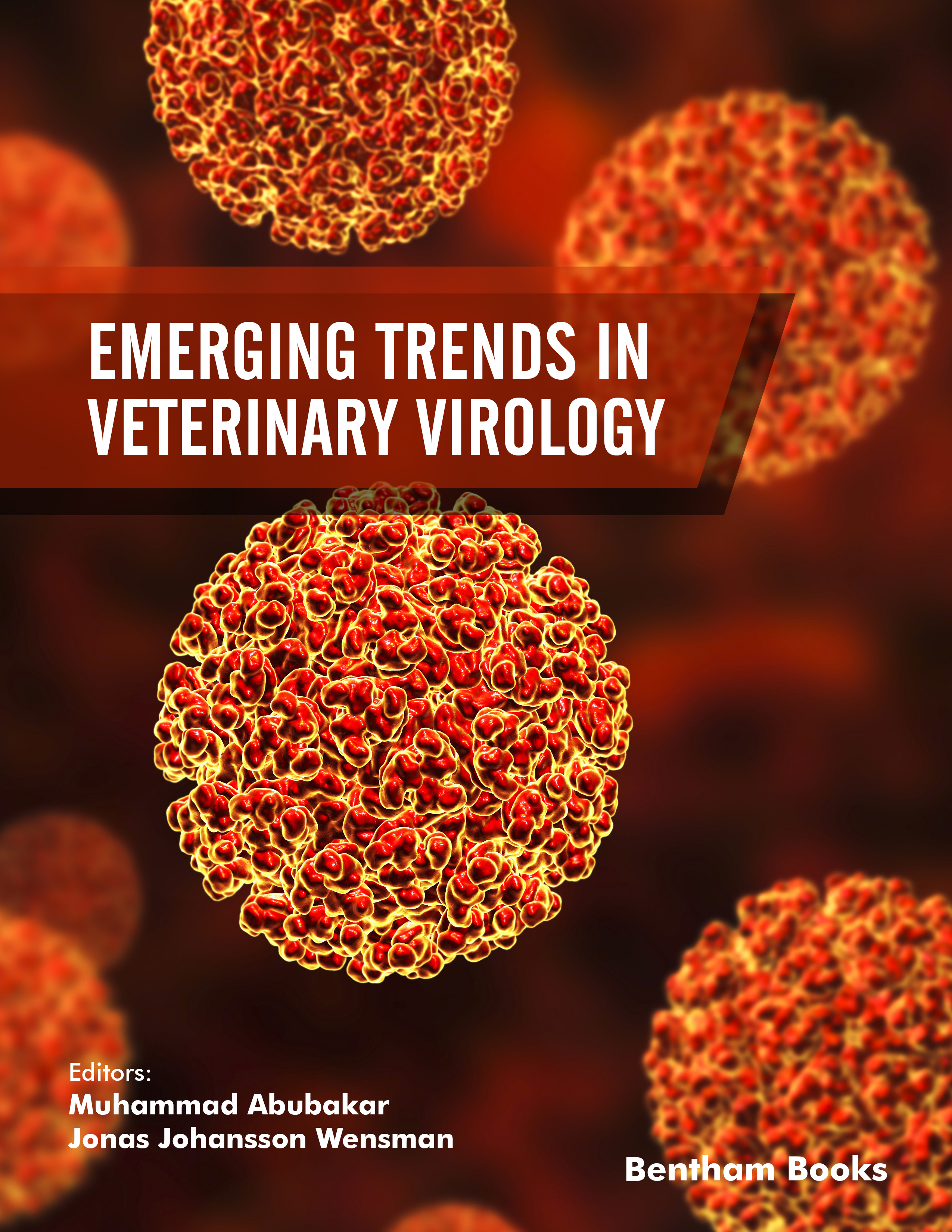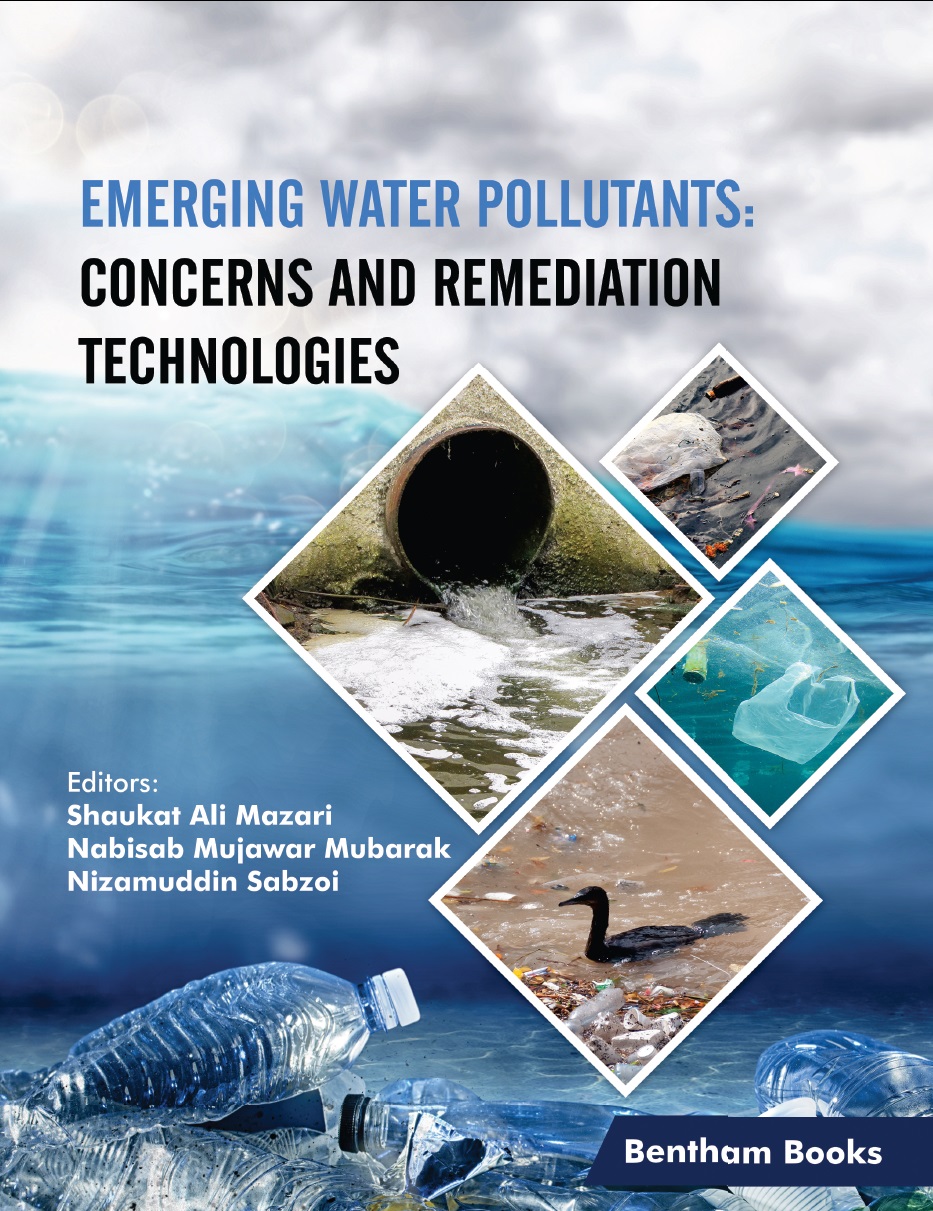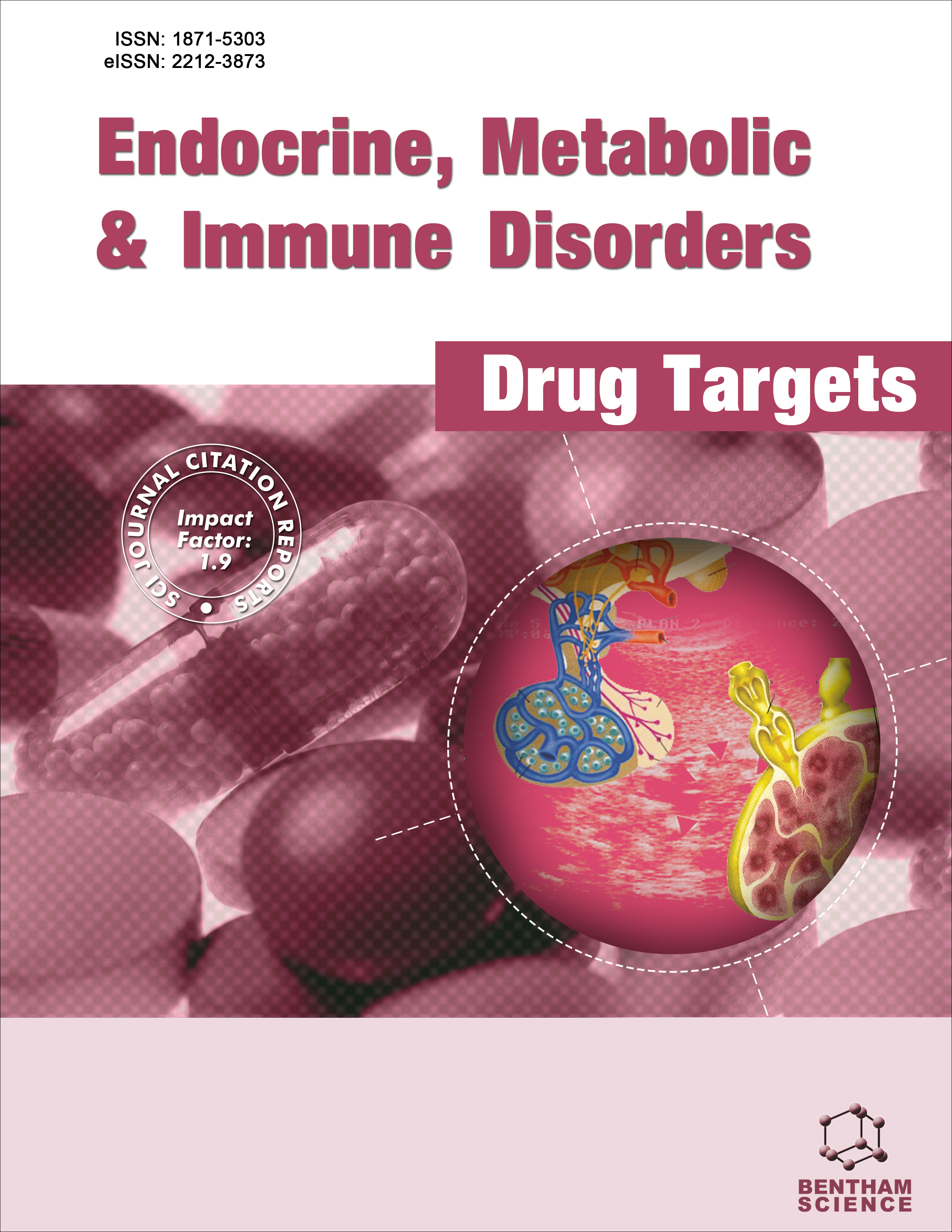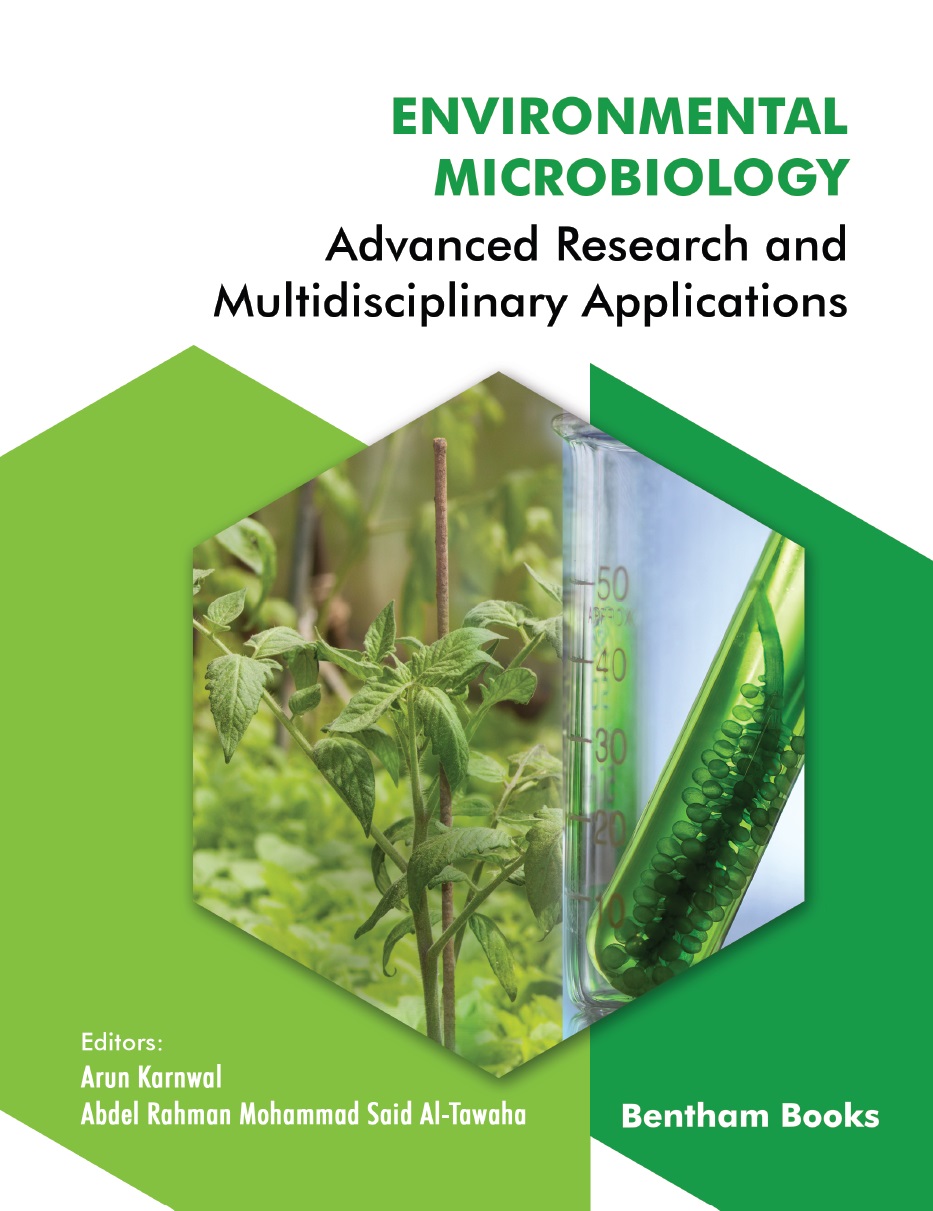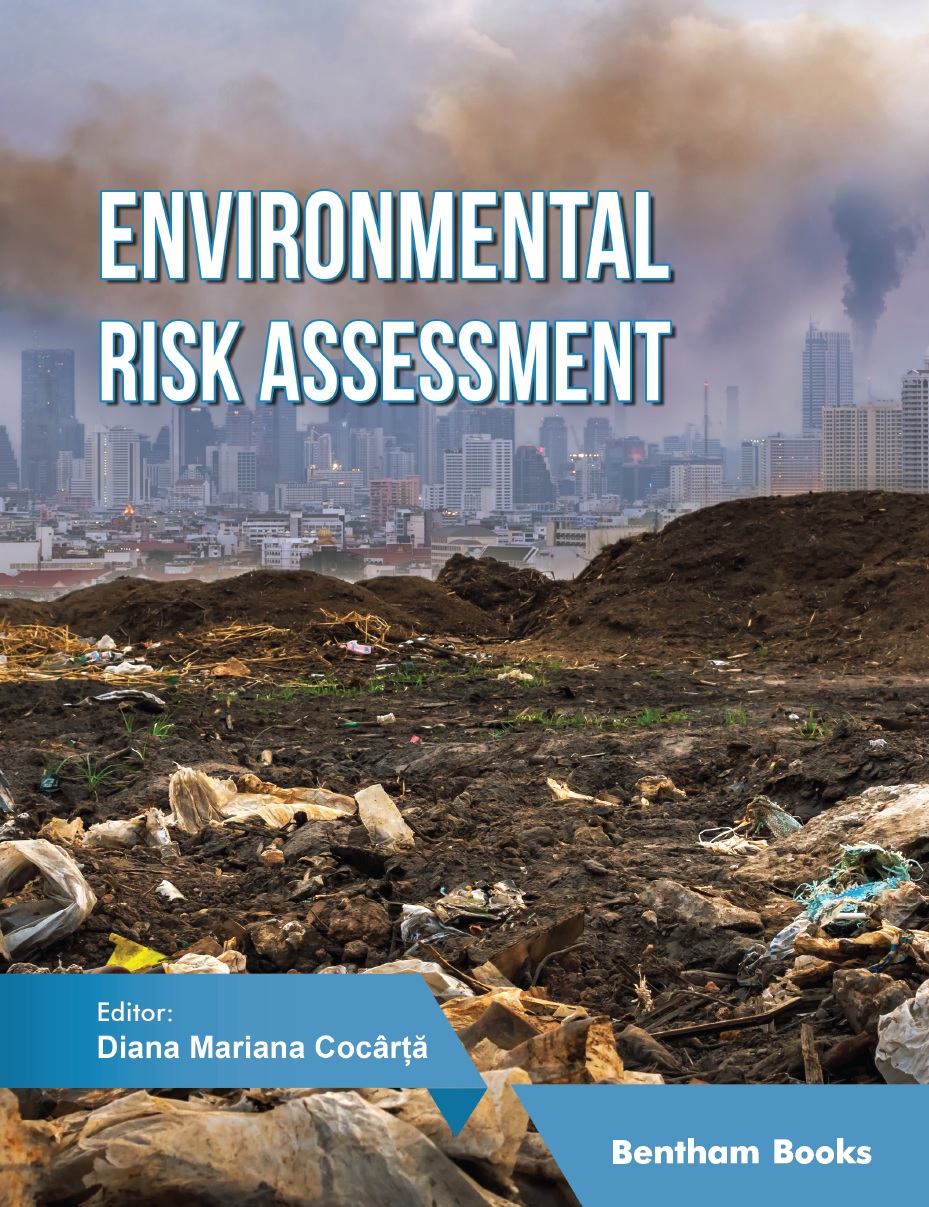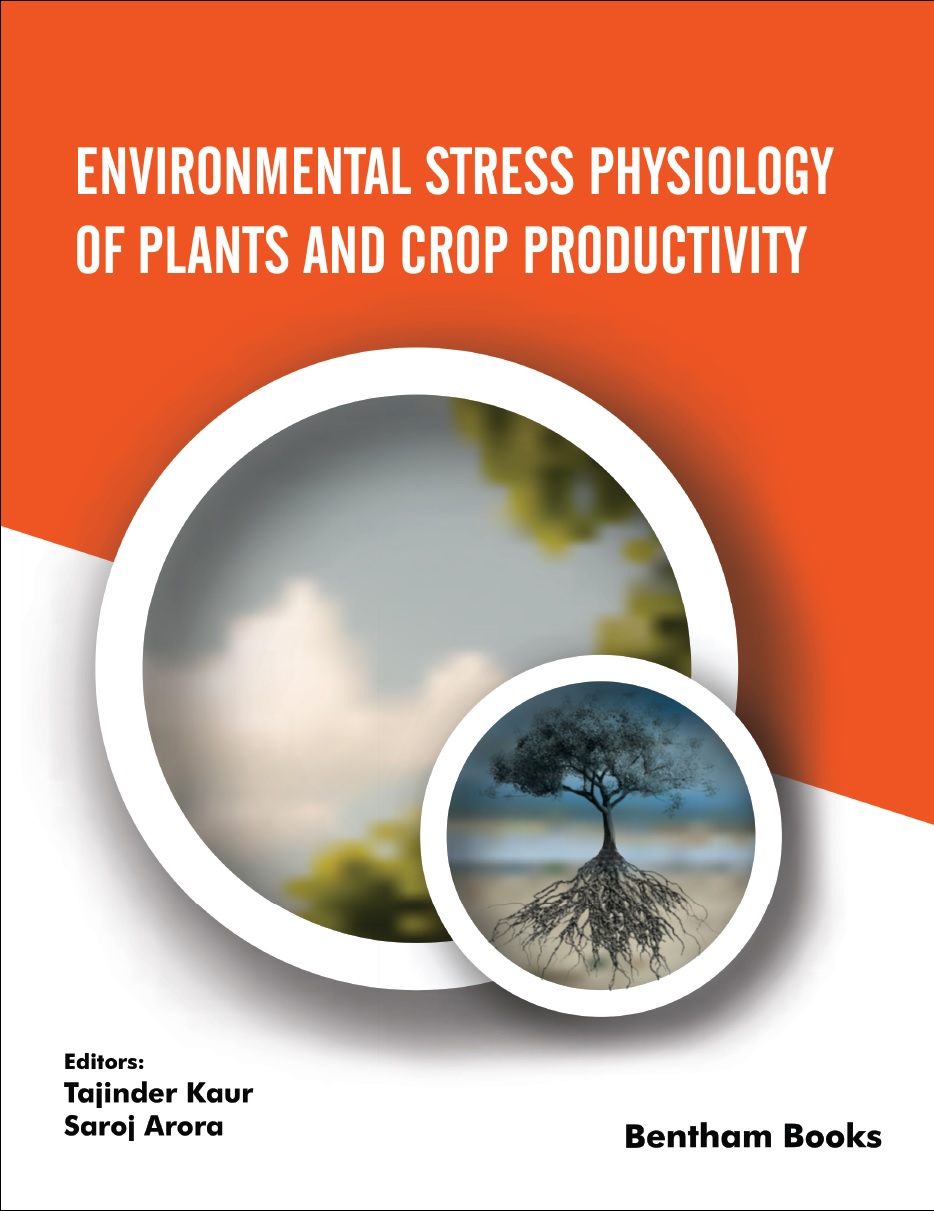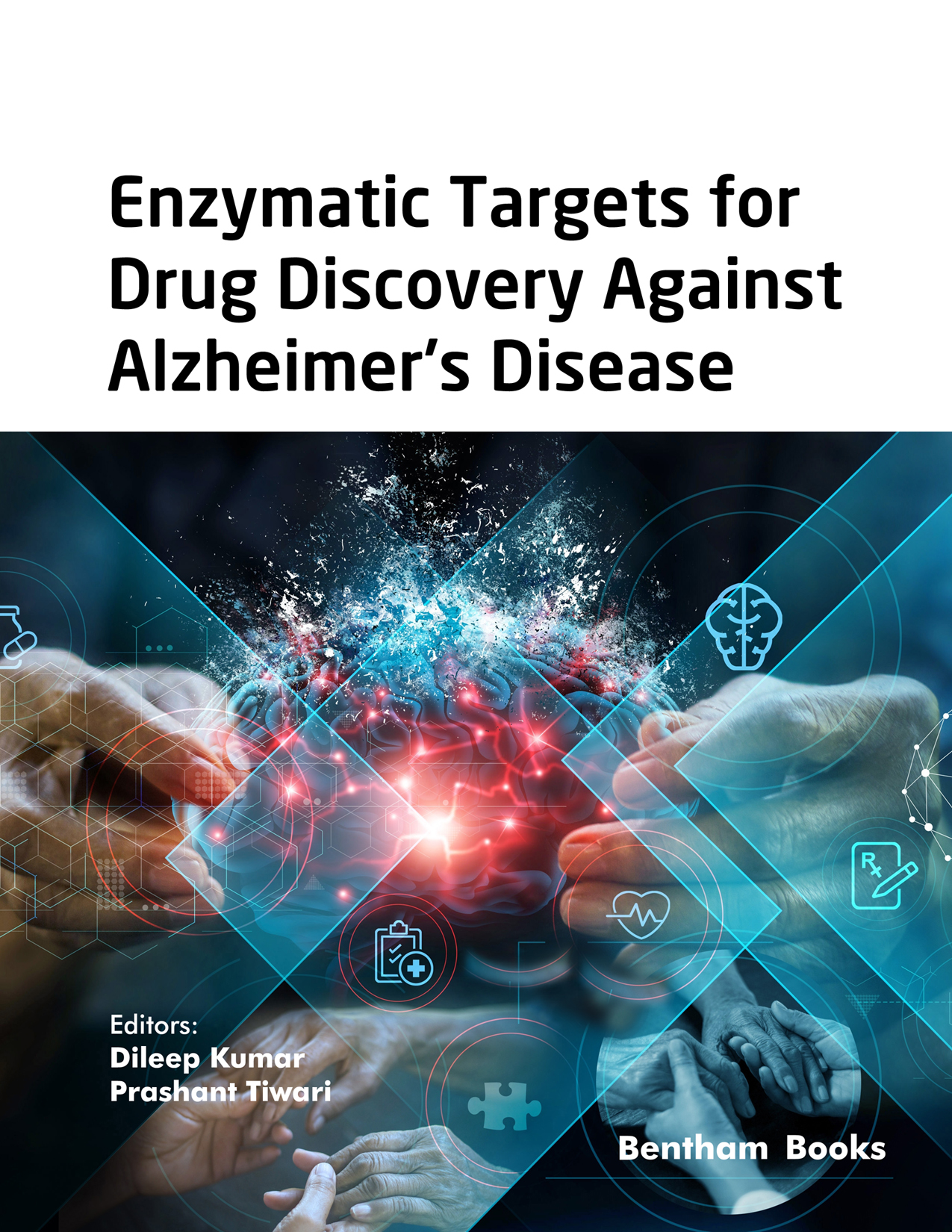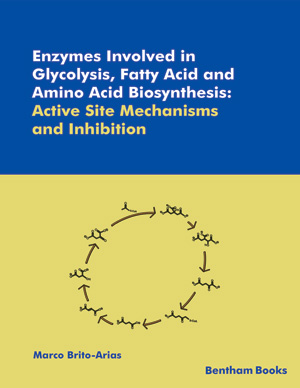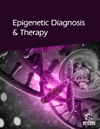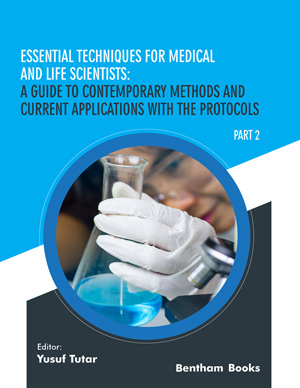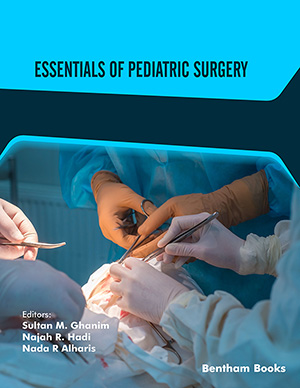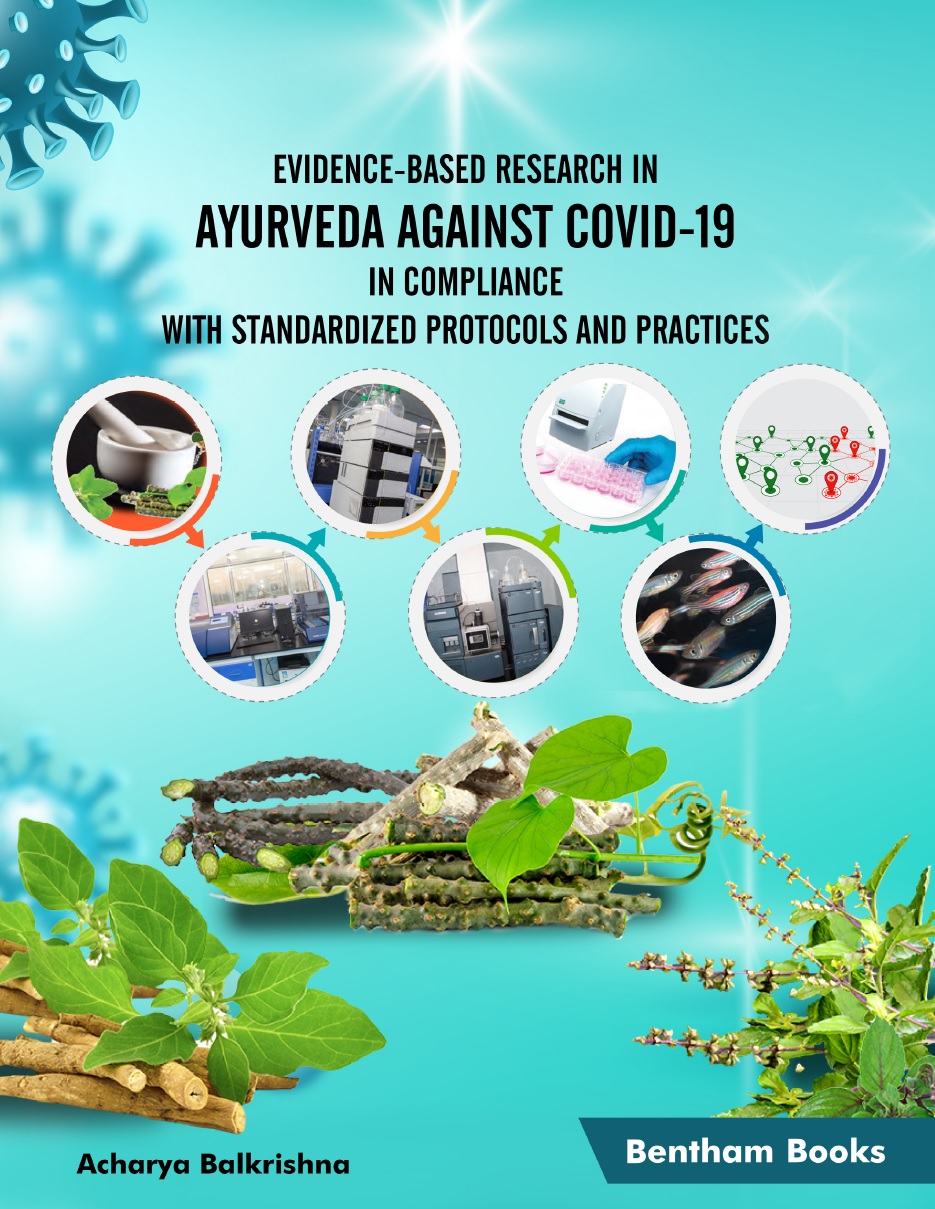- Home
- Publishers
- Bentham Science Publishers
Bentham Science Publishers
Bentham Science Publishers is a major publisher of more than 100 peer-reviewed science, technology and medical (STM) journals, along with a rapidly growing collection of eBooks. Since 1993, Bentham Science Publishers has been catering to the information needs of the pharmaceutical, engineering, biomedical and medical research community.341 - 360 of 812 results
-
-
Emerging Approaches to Tackle Neglected Diseases: From Molecule to End Product
More LessThis reference provides an update on current therapies to treat neglected diseases, a class of diseases that primarily affect tropical regions where investment in research and development is limited.
The book starts with an introduction to neglected diseases followed by reviews of therapeutic strategies to overcome the impact of neglected diseases. This is followed by updated information for handling leprosy, dengue, lymphatic filariasis, dracunculiasis, helminthiasis, Chagas’ disease, neurocysticercosis, leishmaniasis, rabies, trematodiasis, buruli ulcer and trachoma in 10 focused chapters, respectively. The chapters provide information on disease mechanism, transmission and management protocols, along with scientific references. The book serves as a resource for healthcare professionals, and scholars who need a detailed understanding of these infectious diseases.
-
-
-
Emerging Computational Approaches in Telehealth and Telemedicine: A Look at The Post COVID-19 Landscape
Advances in Data Science Driven Technologies: Volume 1
More LessThis book gives an overview of innovative approaches in telehealth and telemedicine. The Goal of the content is to inform readers about recent computer applications in e-health, including Internet of Things (IoT) and Internet of Medical Things (IoMT) technology. The 9 chapters will guide readers to determine the urgency to intervene in specific medical cases, and to assess risk to healthcare workers. The focus on telehealth along with telemedicine, encompasses a broader spectrum of remote healthcare services for the reader to understand.
Chapters cover the following topics:
- A COVID-19 care system for virus precaution, prevention, and treatment
- The Internet of Things (IoT) in Telemedicine,
- Artificial Intelligence for Remote Patient Monitoring systems
- Machine Learning in Telemedicine
- Convolutional Neural Networks for the detection and prediction of melanoma in skin lesions
- COVID-19 virus contact tracing via mobile apps
- IoT and Cloud convergence in healthcare
- Lung cancer classification and detection using deep learning
- Telemedicine in India
This book will assist students, academics, and medical professionals in learning about cutting-edge telemedicine technologies. It will also inform beginner researchers in medicine about upcoming trends, problems, and future research paths in telehealth and telemedicine for infectious disease control and cancer diagnosis.
-
-
-
Emerging Technologies and Applications for a Smart and Sustainable World
More LessThis reference distills information about emerging technologies and applications for smart city design and sustainable urban planning. Chapters present technology use-cases that have radical novelty and high scalability with a prominent impact on community living standards. These technologies prepare urban and rural dwellings for the transformation to the smart world.
Applications and techniques highlighted in the book use a combination of artificial intelligence and IoT technologies in areas like transportation, energy, healthcare, education, governance, and manufacturing, to name a few.
The book serves as a learning resource for smart city design and sustainable infrastructure planning. Scholars and professionals who are interested in understanding ways for transforming communities into smart communities can also benefit from the cases presented in the book.
-
-
-
Emerging Technologies for Digital Infrastructure Development
More LessEmerging Technologies for Digital Infrastructure Development is a comprehensive and insightful book that reviews the transformative impact of cutting-edge technologies on the digital landscape. It presents 16 topics, from e-commerce consumer behavior to AI applications in healthcare and cybersecurity, this book offers a detailed overview of the role of technology in shaping the modern world. With a focus on bridging the digital divide in education, the book presents innovative solutions to contemporary challenges. The editors also emphasize the importance of privacy and security in an interconnected world by discussing cybersecurity measures and threat detection strategies. The book serves as a valuable resource for technology professionals, researchers, and academics, offering a deep dive into the latest trends and applications in digital infrastructure. It also caters to business leaders, policy makers, and students seeking to understand the transformative potential of emerging technologies.
Key technologies highlighted in the book include machine learning and AI models, IoT, data analytics, recommendation systems and e-learning systems. Applications of these technologies are demonstrated for healthcare, e-commerce, cybersecurity, aviation and education sectors. Emerging Technologies for Digital Infrastructure Development offers insights and solutions that pave the way for a secure, efficient, and inclusive digital future.
-
-
-
Emerging Technologies in Agriculture and Food Science
More LessCultivators and livestock farmers are increasingly arranging innovative technical and scientific estimations with the aim to enhance agricultural sustainability, effectiveness, and plant health. Innovative farming technologies incorporate biology with smart technology (computers and sensor devices) exchanging information with one another autonomously in a structured farm management system.
This book presents reviews on innovative techniques and methodologies to complement conventional plant control and breeding attempts toward enhancing crop yield and production. Reviews covered in this volume include:
-Active compounds from pomegranate seeds
-Application of Enterococci and their bacteriocins for meat biopreservation
-Technological advancement in the detection and identification of plant pathogens
-Machine learning for precision agriculture
-Use of remote sensing technology and geographic information systems for agriculture and
environmental observation
The information presented in this volume will provide helpful updates for students, technology experts and professionals in the food security and sustainable agriculture sectors.
-
-
-
Emerging Trends in Veterinary Virology
More LessAdvances in biochemistry, molecular biology, virology, and structural biology have enabled the researchers in veterinary medicine to make many exciting discoveries that have, in some cases, conceptually revolutionized our understanding of the discipline.
Emerging Trends in Veterinary Virology is a review of selected topics about viral infections in animals. 11 chapters cover recent findings about specific viruses that infect a variety of hosts. The contents cover several types of veterinary infections in birds (Infectious laryngotracheitis (ILT), avian leucosis), cats (feline rabies), dogs (canine distemper), bovines (viral leukemia) and equines (hendra virus disease). Additionally, special topics such as the epidemiology of veterinary zoonoses and SARS are also covered.
The book provides updated information for researchers (virologists, microbiologists), students and veterinarians, alike.
-
-
-
Emerging Water Pollutants: Concerns and Remediation Technologies
More LessThis book examines a wide range of emerging sources off water pollution. It consists of thirteen chapters dedicated to the topic, giving readers comprehensive information about the types of materials involved and the solution for their removal.
The first five chapters present an analysis of the emerging water pollutants, their toxicities, legislations available to monitor and regulate their emissions. This introduction is followed by 3 chapters that cover risk assessment of emerging pollutants, their fate and life cycle assessment. The last section of the book goes through the details of remediation technologies for wastewater treatment.
This reference is equally suitable for academia, industry professionals and students, presenting state-of-the-art learnings on emerging water pollutants and their remediation methods.
-
-
-
Endocrine, Metabolic & Immune Disorders-Drug Targets (Formerly Current Drug Targets - Immune, Endocrine & Metabolic Disorders)
More LessThis journal is devoted to full-length/ mini-reviews and original articles based on experimental and clinical studies in the field of endocrine, metabolic, and immune disorders. Specific emphasis is placed on humoral and cellular targets for natural, synthetic, and genetically engineered drugs that enhance or impair endocrine, metabolic, and immune parameters and functions. Moreover, the topics related to the effects of food components and/or nutraceuticals on the endocrine-metabolic-immune axis and on microbiome composition are welcome. The journal’s scope also covers neuroendocrinology, reproductive endocrinology, hormone secretion, and their effects on different organs.
-
-
-
Environmental Law in the Russian Federation
More LessEnvironmental Law in the Russian Federation presents a comprehensive textbook on the current state of environmental legislation of the Russian Federation. The textbook is divided into three sections that are ordered for an increasing level of specialization in the subject.
- The first section (General Part) gives a definition of environmental law, formulates its principles and considers the sources of environmental law and legal relations. Readers will learn about the issues related to the ownership of natural resources, the legal framework and specifics of environmental protection and management, and associated human and civil rights. The distinguishing features of economic regulation in the area of environmental protection as well as issues of responsibility for environmental offenses are also covered.
- The second section (Special Part) sets forth the main environmental requirements for certain types of economic and other human activities and the specifics of environmental protection in areas with a special environmental legal regime (specially protected areas and ecological disaster zones). Chapters in this section consider the main areas of protection of certain natural objects (water, forests, land, etc.).
- The third section (Specialized Part) clarifies the main areas of international cooperation in the field of environmental protection and considers the main characteristics of the environmental protection experience of other countries.
The textbook is an essential reference for law and business students in Russian schools. It is also of interest to entrepreneurs planning ventures in Russia and researchers involved in comparative legal analysis.
-
-
-
Environmental Microbiology: Advanced Research and Multidisciplinary Applications
More LessEnvironmental Microbiology: Advanced Research and Multidisciplinary Applications focus on the current research on microorganisms in the environment. Contributions in the volume cover several aspects of applied microbial research, basic research on microbial ecology and molecular genetics.
The reader will find a collection of topics with theoretical and practical value, allowing them to connect environmental microbiology to a variety of subjects in life sciences, ecology, and environmental science topics. Advanced topics including biogeochemical cycling, microbial biosensors, bioremediation, application of microbial biofilms in bioremediation, application of microbial surfactants, microbes for mining and metallurgical operations, valorization of waste, and biodegradation of aromatic waste, microbial communication, nutrient cycling and biotransformation are also covered.
The content is designed for advanced undergraduate students, graduate students, and environmental professionals, with a comprehensive and up-to-date discussion of environmental microbiology as a discipline that has greatly expanded in scope and interest over the past several decades.
-
-
-
Environmental Pollutants in the Mediterranean Sea: Recent Trends and Remediation Approaches
More LessPollution of the aquatic environment is a real threat across the globe. It is becoming a topic of intense study for researchers. It has been updated and almost completely revised. The Mediterranean Sea has been recognized as a target hotspot of the world as the pollutant concentration in this region is greater than the levels in other oceans.
The book summarizes research on marine pollutants in the Mediterranean Sea. It presents 5 concise reviews focusing on microplastics, rare earth elements and biotoxins & which are now commonly found in the region. The Editors also emphasize on pollution problems in the Mediterranean region, with 2 chapters presenting studies on Lebanon and Morocco, respectively. The book adds to the collective information on Mediterranean marine pollution. Additionally, references are included at the end of each chapter for the benefit of advanced readers. The contributions also include discussions on important techniques used to monitor and control marine pollution, such as the bio-monitoring of effluents, and ecological impact assessment of microplastic pollution on fish and the environment.
-
-
-
Environmental Risk Assessment
More LessEnvironmental Risk Assessment familiarizes readers with risk assessment for the main environmental systems that are surveyed: soil, water, and air. The text aims to enable learners to develop knowledge and awareness about environmental risk management and take action to transform society into a sustainable one.
The eight edited chapters start with an introduction to the subject and an outline of good practices in risk assessment. The latter half presents a risk-based approach to the environment and provides a deep dive into risk management implementation for contaminated sites, monitoring air quality, evaluating drinking water for safety, and risk analysis in waste management. Concepts are explained in a simple manner with references included for further reading.
This book is an essential guideline for students who require knowledge in the environmental engineering programs or related course modules.
-
-
-
Environmental Stress Physiology of Plants and Crop Productivity
More LessThe knowledge of plant responses to various abiotic stresses is crucial to understand their underlying mechanisms as well as the methods to develop new varieties of crops, which are better suited to the environment they are grown in. Environmental Stress Physiology of Plants and Crop Productivity provides readers a timely update on the knowledge about plant responses to a variety of stresses such as salinity, temperature, drought, oxidative stress and mineral deficiencies. Chapters focus on biochemical mechanisms identified in plants crucial to adapting to specific abiotic stressors along with the methods of improving plant tolerance. The book also sheds light on plant secondary metabolites such as phenylpropanoids and plant growth regulators in ameliorating the stressful conditions in plants. Additional chapters present an overview of applications of genomics, proteomics and metabolomics (including CRISPR/CAS techniques) to develop abiotic stress tolerant crops. The editors have also provided detailed references for extended reading to support the information in the book.
Environmental Stress Physiology of Plants and Crop Productivity is an informative reference for scholars and researchers working in the field of botany, agriculture, crop science and physiology, soil science, and environmental sciences.
-
-
-
Enzymatic Targets for Drug Discovery Against Alzheimer's Disease
More LessThe book summarizes the role of multiple enzyme targets and strategies to design and develop novel drug candidates for Alzheimer's disease (AD). Insights from researchers across the globe from diverse fields are presented in a thematic volume. The chapters highlight current information scientists have unraveled about the origin, pathogenesis and prevention of AD. The contributions consider both established and emerging drug targets viz. Tau proteins, TREM, and microglia. Topics covered in the book include multi-target anti-Alzheimer's agents, epigenetic modifications, and the role of specific proteins like TMP21 and Tau in AD. A section dedicated to pharmacological treatments discusses the significance of tubulin-modifying enzymes, memantine, and glutamate antagonists. Enzymatic targets for drug discovery are thoroughly examined, focusing on cholinesterase, secretases, and other enzymes. Additionally, the book explores innovative nano-carrier-based drug delivery methods, emphasizing the crucial role of nanotechnology in effective Alzheimer's treatment. The book aims to inform students and researchers in the field of neuroscience, medicine and pharmacology about current research and biochemical nuances of AD pathogenesis and enzymatic drug targeting strategies.
-
-
-
Enzymes Involved in Glycolysis, Fatty Acid and Amino Acid Biosynthesis: Active Site Mechanism and Inhibition
More LessMultidisciplinary research involving crystallography, kinetic studies, molecular docking, genetics and other techniques in biochemistry has yielded a wealth of knowledge about the reaction mechanisms in cellular processes. This knowledge has allowed researchers to understand, in a better way, the normal functioning of the cell process, which is used as a reference point for learning about and preventing or correcting pathologies that cause diseases.
This enzymology reference is a thorough compendium about reaction mechanisms occurring between the major enzymes related to the biosynthetic pathways of 3 important types of biological compounds 6-carbon carbohydrates, fatty acids and amino acids and their substrates, cofactors and residues. Readers will gain an understanding of the interaction between substrates or ligands with specific amino acid residues in biosynthetic enzymes. This understanding builds a foundation for learning about the biochemistry of different inhibitors used in the treatment of several diseases such as cancer, infectious diseases, and metabolic syndrome alterations such as diabetes and obesity.
Enzymes covered in the book include aldolases, isomerases, kinases, mutases, synthases, dehydrogenases, reductases, transferases, hydrolases, lyases among others, all of which are wide spread in biochemical transformations.
This reference, with its insights on common biochemical enzymes serves as a handy guide for students, researchers and professionals involved academia or industry related to pharmaceutical development, healthcare, food chemistry and other disciplines.
-
-
-
Essential Techniques for Medical and Life Scientists: A Guide to Contemporary Methods and Current Applications- Part II
More LessThis handbook covers some primary instruments-based techniques used in modern biological science and medical research programs. Key features of the book include introductory notes for each topic, a systematic presentation of relevant methods, and troubleshooting guides for practical settings.
Topics covered in part 2 include:
· Fourier transform mid-infrared (FT-MIR) spectroscopy
· High performance liquid chromatography (HPLC)
· Raman spectroscopy
· Circular dichroism (CD) spectroscopy
· Transmission electron microscopy (TEM)
· Scanning electron microscopy (SEM)
· SEM-EDX and its applications in plant science
This book is a simple, useful handbook for students and teachers involved in graduate courses in life sciences and medicine. Readers will learn about the basics of featured techniques, the relevant applications and the established protocols.
-
-
-
Essentials of Pediatric Surgery
More LessEssentials of Pediatric Surgery is an introductory reference on basic pediatric medicine and surgery. The book provides the reader the information on which a surgeon relies on in diagnosis and treatment.
Chapters start with the physiology of infants before progressing into separate topics about the surgery of different sections including the head and neck, chest, abdomen, reproductive organs, cancers, and the nervous system. Information is presented in a simple manner, which makes the text easy to understand for both students and medical residents.
Key Features:
- 8 chapters covering introductory topics about pediatric physiology and surgery
- Includes chapters which cover specialized domains in the subject based on different parts of the body
- Chapters include information about clinical presentations, diagnosis and treatment of different conditions
- Simple, structured layout for easy understanding
- References for further reading
Essentials of Pediatric Surgery is a handy textbook for both medical students studying modules on pediatric surgery and residents in training in pediatric clinics.
-
-
-
Evaluating the impact of Laws Regulating Illicit Drugs on Health and Society
More LessEvaluating the impact of Laws Regulating Illicit Drugs on Health and Society serves as an informative reference for social science researchers and policymakers on the science behind drug regulation. The book presents contributions from many leading researchers in drug law and policy evaluation. The 12 chapters highlight scientific evidence from a diverse range of international projects on evaluation of different illicit drug laws. Each contribution takes policies into account while also using methodological tools and relevant data sets. For a priori evaluation, the modern leximetric approach is applied to compare different drug laws. For posterior evaluation the analysis of social and health outcomes, using standard and new indicators are presented, discussed and applied. Next, the book covers the use of drug market estimation methods in policy research. Specific new indicators allowing the evaluation of interventions such as harm reduction and prevention are presented and analysed using international research data. The book concludes with a summary of the links of illegal drug market gains with corruption, and its consequences. Evaluating the impact of Laws Regulating Illicit Drugs on Health and Society gives readers a unique, evidence-based perspective on the relationship between drugs, laws, policy and socioeconomic conditions. Key Features 1. Features 12 contributions from international experts on drug legislation and social science 2. Demonstrates evidence-based evaluation of drug laws and policies 3. Highlights Leximetric and forecast methods applied to illicit drug laws with examples 4. Highlights the use of standard and new socioeconomic indicators to evaluate drug laws and policies 5. Informs readers about different policy approaches to drug regulation and their consequences 6. Summarizes the links of illegal drug markets with corruption 7. Provides detailed references for further reading
-
-
-
Evidence-Based Research in Ayurveda against COVID-19 in Compliance with Standardized Protocols and Practices
More LessThis book details all the intricacies and essential knowledge involved in the research and development of the Coronil Kit - a combination of 3 ayurvedic medications for the common cold. It informs the reader about the huge potential of herbal drugs in fighting against any type of disease through evidence-based data from clinical trials and experiments. The book elaborates how current scientific techniques can be applied to understand the healing capacities of plants at their molecular level and thus utilize their different combinations to treat diseases by targeting harmful micro-organisms and simultaneously boosting the immune system. It covers methods of virtual screening and computational validation of identified phytochemicals as potential antiviral agents against the SARS-CoV-2 virus. 70 colored figures.
Key Features:
1. Covers the molecular etiology of COVID-19 virus,
2. Covers guidance on drug formulation, hazard assessment, and clinical trials based on approved methods by regulatory organizations
3. Covers pharmacological, toxicological, and technically verified chemical composition of medicinal plants
4. Includes information about in vivo experiments and analysis of Humanoid Zebrafish trials
5. Includes methods of identifying antiviral agents against the SARS-CoV-2 virus
6. Includes chemical, analytical and technical studies of Coronil
7. Includes 70 images 7 chapters 8.
Includes a bibliography and appendix
The book is primarily intended as a primary resource for medical research scholars and researchers in pharmaceutical companies and as a secondary resource for B.A.M.S. students, medical postgraduate students, and Ayurveda enthusiasts.
-

